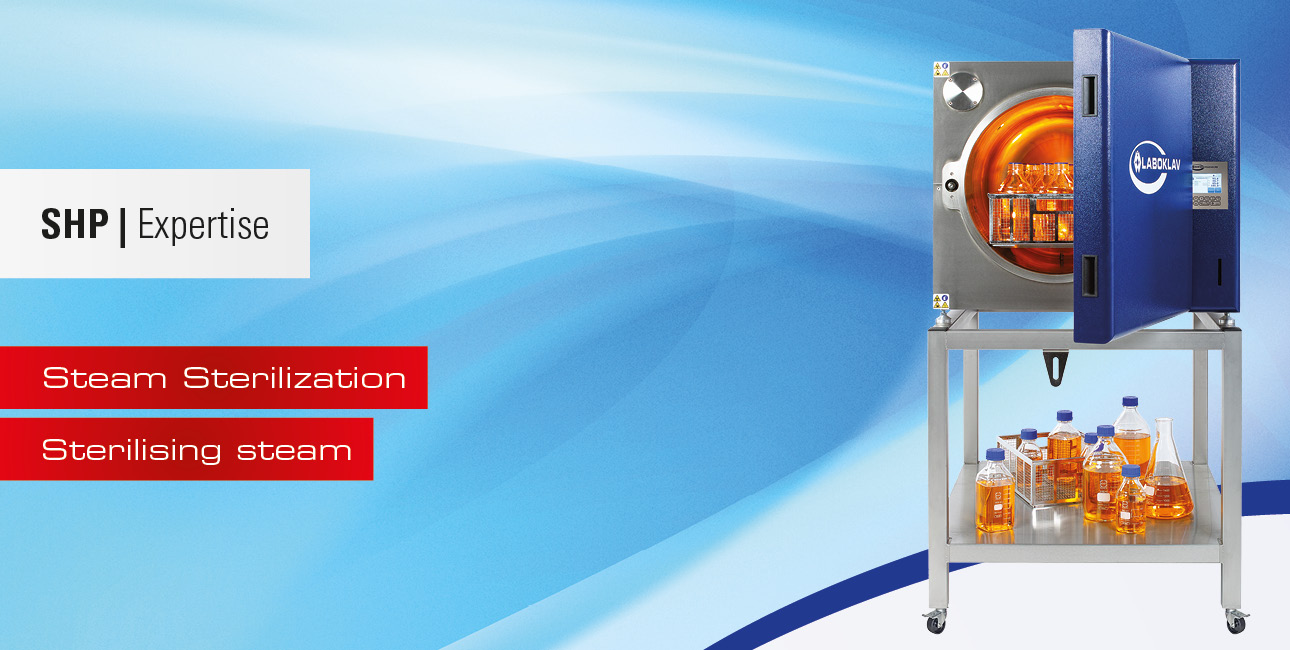The quality and composition of the sterilising steam play a key role in the success of steam sterilisation and the protection of the items being sterilised and the autoclave.
Important properties of sterilising steam
For safe and verifiable sterilisation, the steam must have certain properties. Steam is the gaseous state of water, which absorbs energy in the form of latent heat of vaporisation during evaporation and releases it again during condensation. This heat release is crucial for the destruction of microorganisms.
Types of steam
- Saturated steam: Saturated steam, which is produced when water boils and has the optimum humidity. Through condensation, it provides the heat necessary for effective sterilisation.
- Unsaturated steam: Occurs when there is insufficient water, contains less moisture and is less effective.
- Superheated steam: Produced when saturated steam is heated further without new water vapour being generated. It is dry, does not release any condensation heat and reduces the sterilisation effect.
Effects of air in the sterilisation process
Air in the steriliser acts as a thermal insulator because it has a lower heat capacity than steam. This prevents the uniform wetting of the items being sterilised and can lead to cold spots, which compromise the sterilisation result.
The complete removal of air from the sterilisation chamber and the items being sterilised, especially in the case of porous materials, is therefore essential. Modern sterilisers use vacuum cycles to effectively remove air and optimise steam penetration.
Regulatory requirements
The quality of the sterilising steam and the absence of air are specified in the EN 285 standard. This defines that only pure, saturated steam without impurities may be used and that constant pressure and temperature conditions must be maintained. This ensures the protection of the items being sterilised and the autoclave, as well as reproducible sterilisation.
 DE
DE  EN
EN  PL
PL  FR
FR  ES
ES  SV
SV  NL
NL 

